Enlightening facts about the life of Queen Victoria
Queen Victoria, a name synonymous with a transformative era, reigned over the United Kingdom for over 63 years. Her life was filled with intriguing events, from her unexpected ascent to the throne to her profound impact on a global empire. Born in 1819, Victoria became queen at just 18 and grew into a symbol of stability. Her reign saw significant changes in British society, making her an enduring figure in history.
The Birth of a Future Monarch
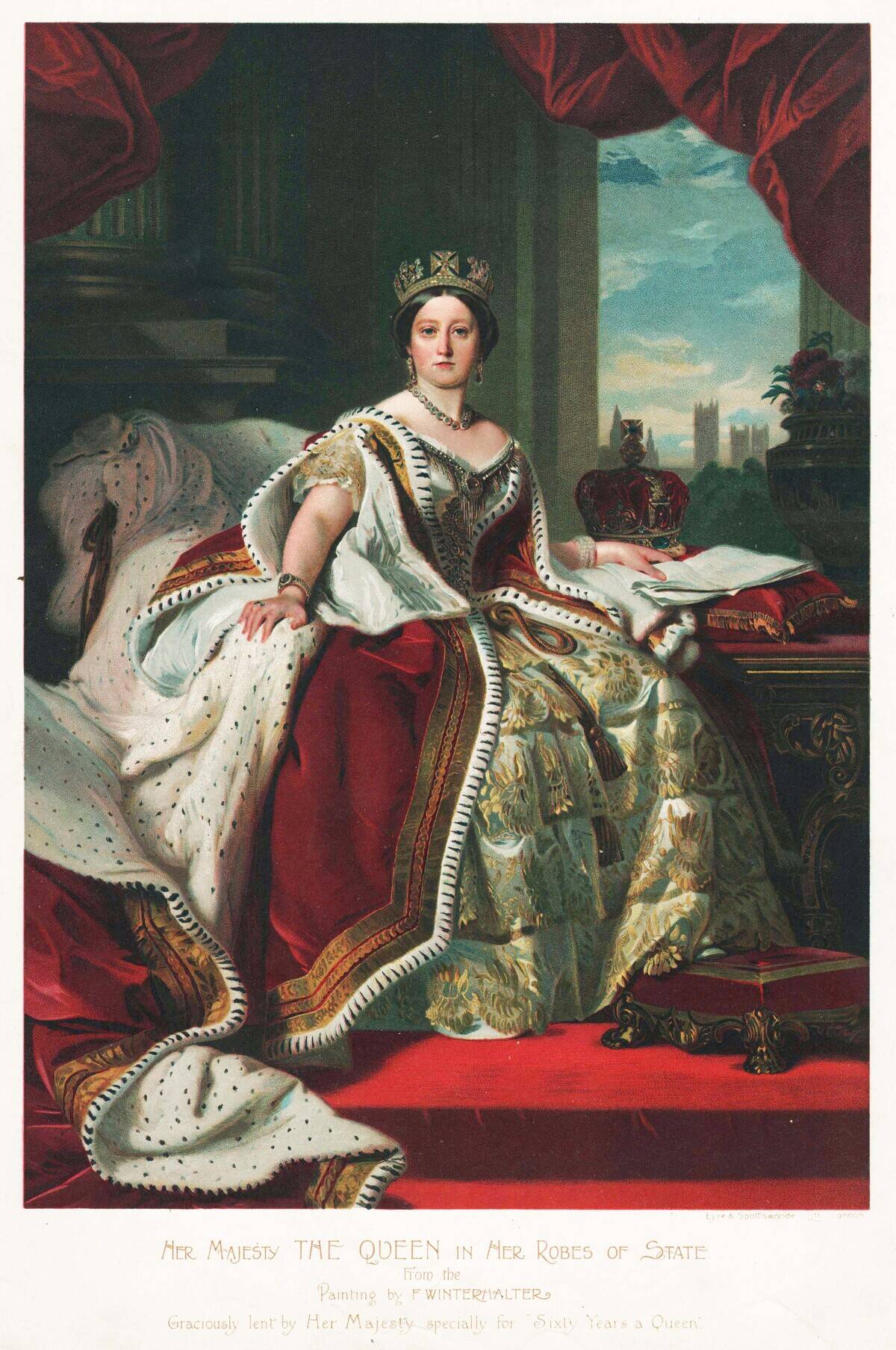
Alexandrina Victoria was born on May 24, 1819, at Kensington Palace in London. The daughter of Prince Edward, Duke of Kent, and Princess Victoria of Saxe-Coburg-Saalfeld, she was fifth in line to the throne. With her father’s unexpected death when she was only eight months old, Victoria’s path to queenship was set in motion. Her upbringing was strictly controlled by the Kensington System, designed to keep her isolated and dependent on her mother.
Ascending the Throne: Victoria Becomes Queen
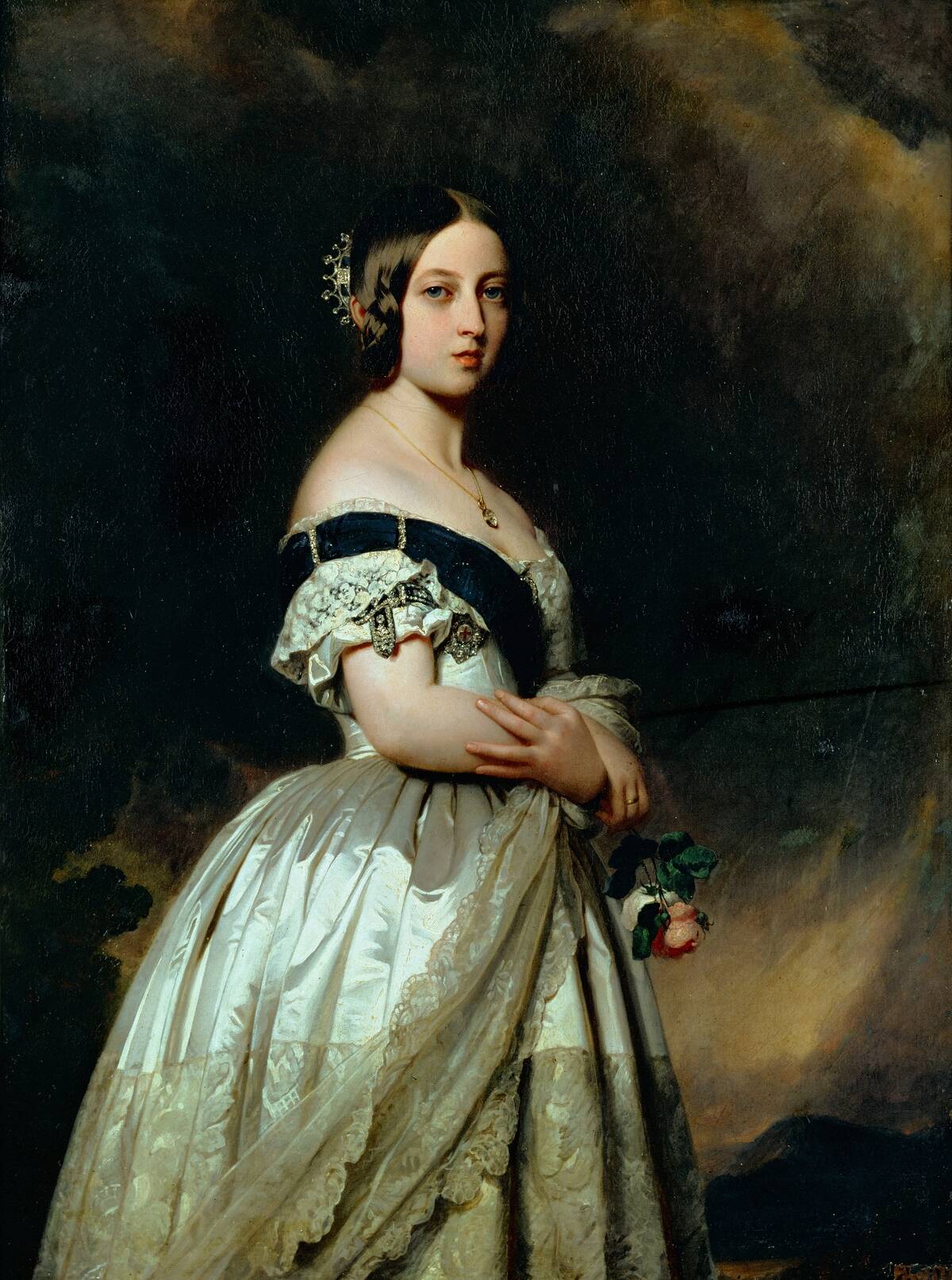
Victoria became queen on June 20, 1837, following the death of her uncle, King William IV. At just 18, she was awakened early in the morning to be informed of her new role. Her coronation at Westminster Abbey took place on June 28, 1838, attended by an estimated crowd of 400,000. Despite her youth, she quickly established her authority, demonstrating a keen interest in politics and governance, setting the stage for the Victorian Era.
The Royal Wedding: Queen Victoria and Prince Albert
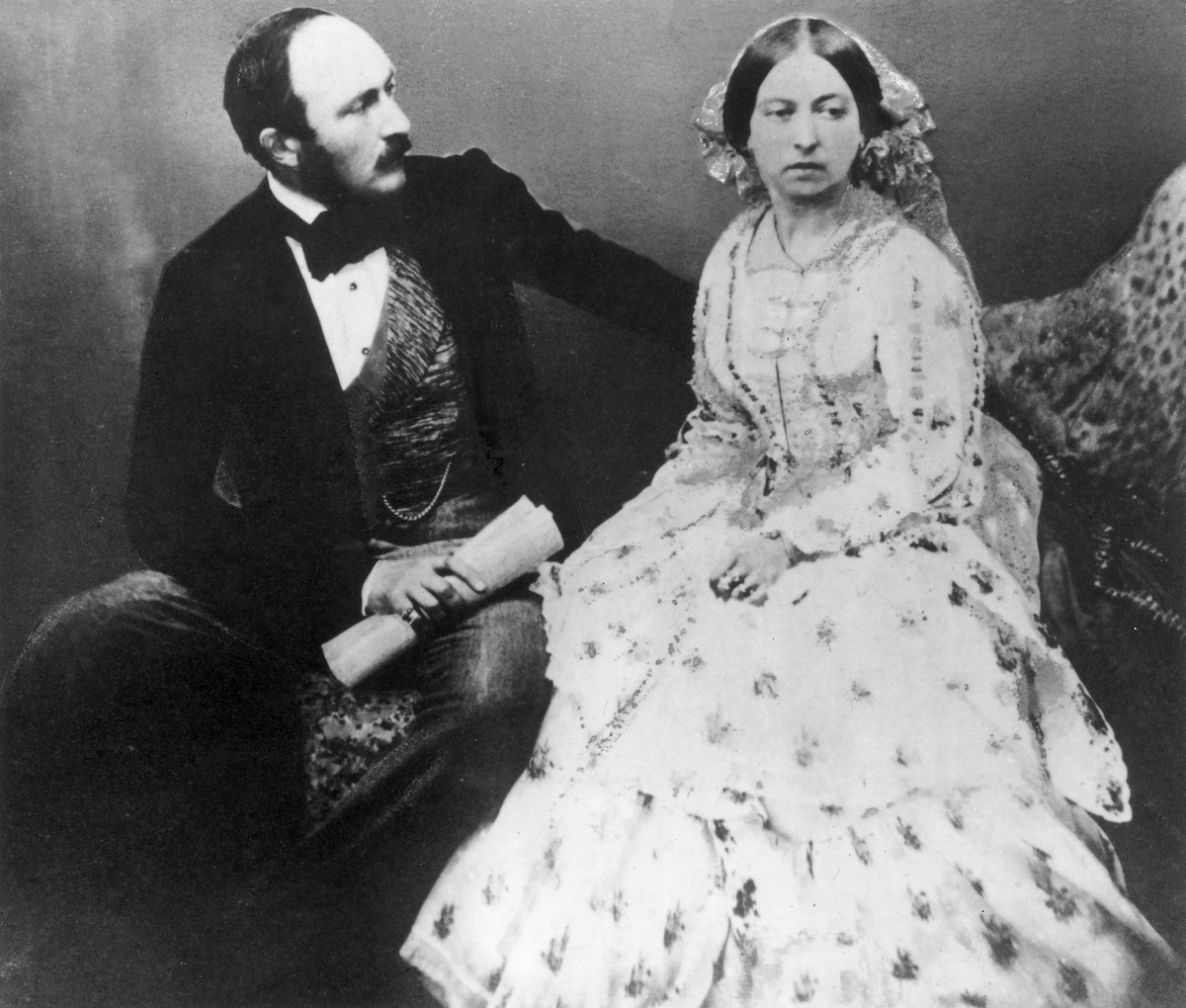
Queen Victoria married her cousin, Prince Albert of Saxe-Coburg and Gotha, on February 10, 1840. Their love story was a fairytale, with Victoria proposing to Albert, as royal protocol dictated. Their marriage was a genuine love match, which was rare for royal unions of the time. The couple had a profound impact on each other and shared a passion for the arts and sciences, influencing the cultural landscape of Britain.
A Queen and a Mother: Victoria’s Large Family
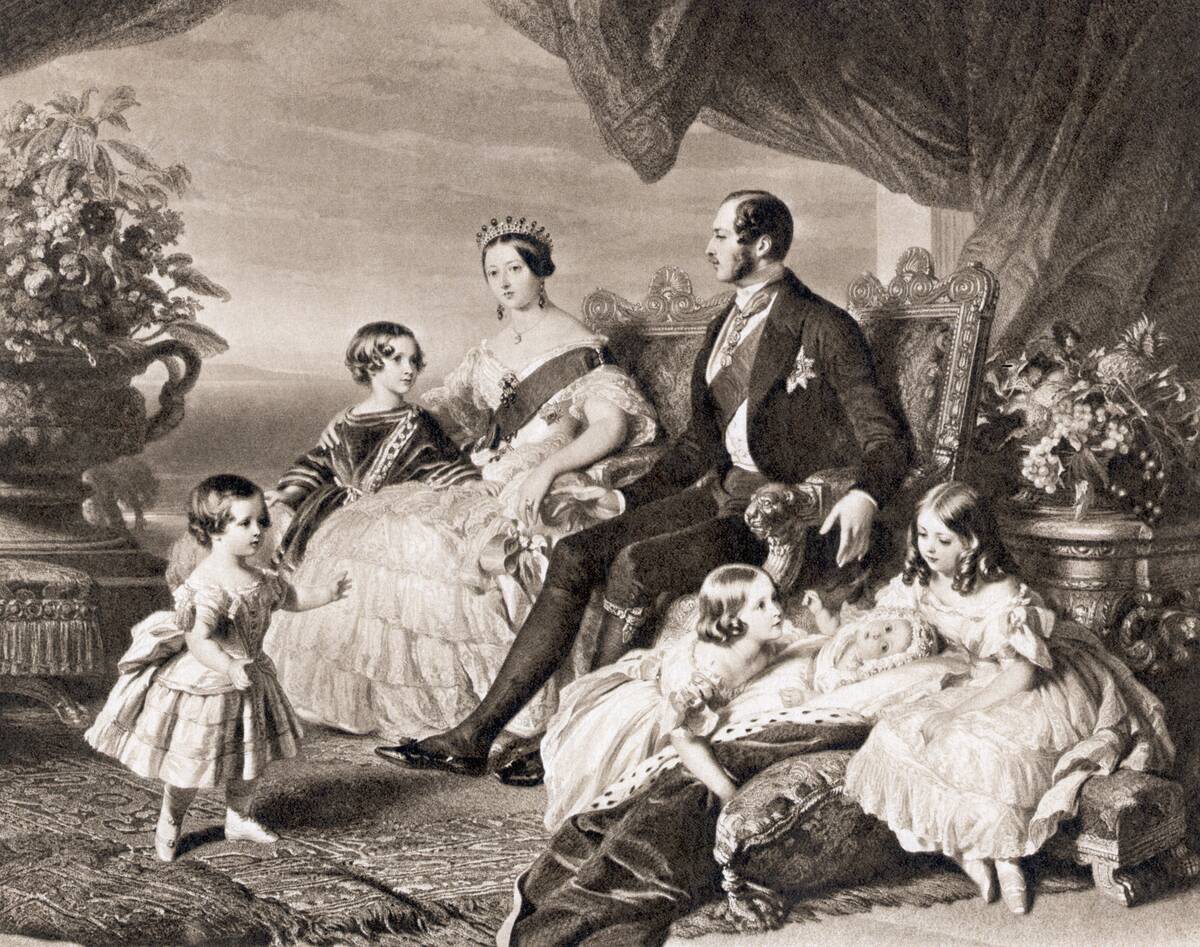
Queen Victoria and Prince Albert had nine children, who became intertwined with the royal families of Europe. Often called ‘the grandmother of Europe,’ Victoria’s descendants included the monarchs of Germany, Russia, and Spain. Her family life was a blend of joy and challenges, with Victoria deeply involved in her children’s lives. She was a strict yet loving mother, balancing her royal duties with her familial responsibilities.
Victoria’s Unbreakable Bond with Prince Albert
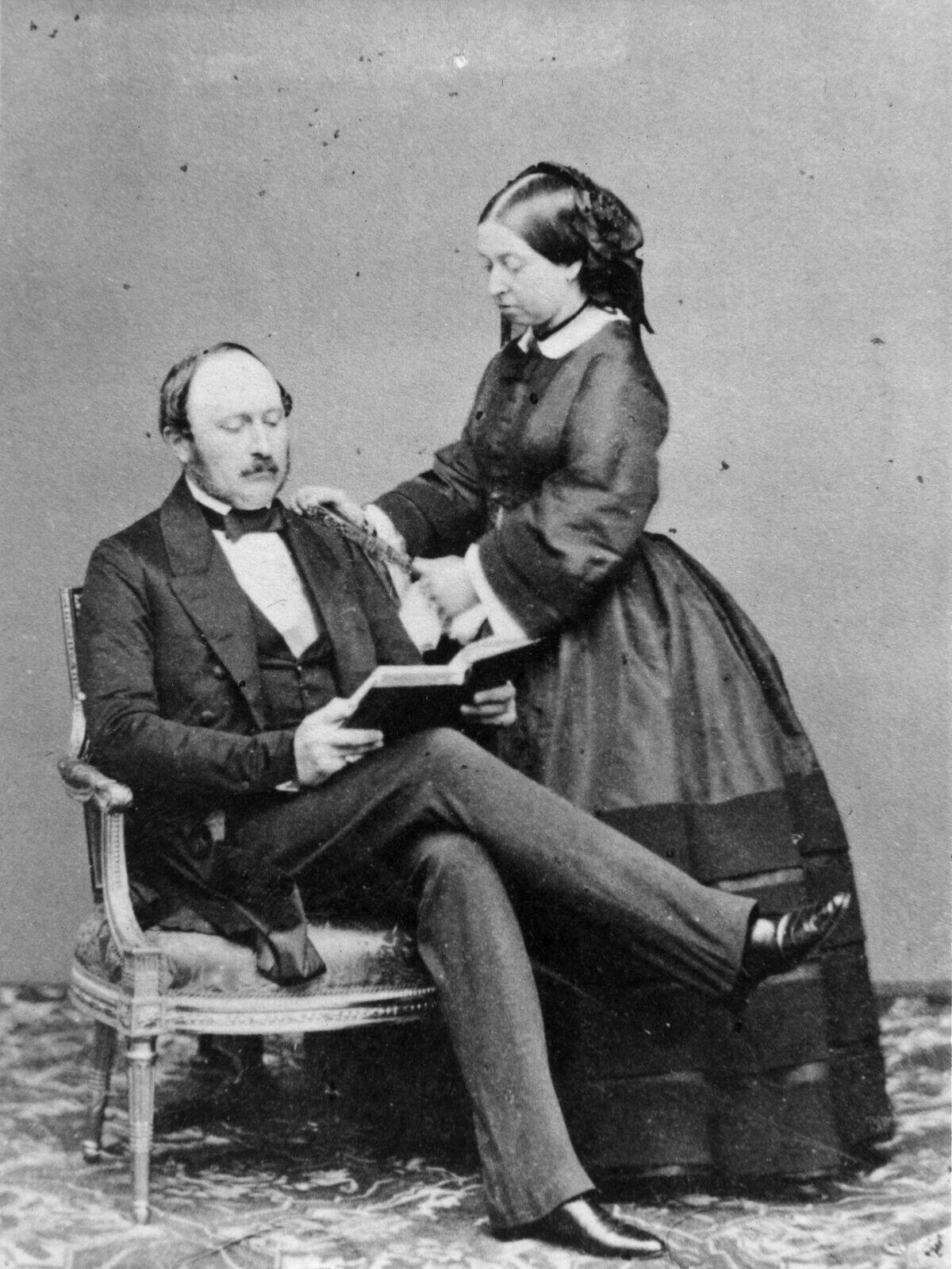
Victoria’s bond with Albert was one of deep affection and partnership. Albert was not only her husband but also her trusted advisor. Together, they championed many societal reforms and supported the arts and sciences. Albert’s premature death in 1861 left Victoria devastated, leading her into a prolonged period of mourning. Despite her grief, she continued to honor his memory through various initiatives and tributes.
The Victorian Era: A Time of Change and Progress
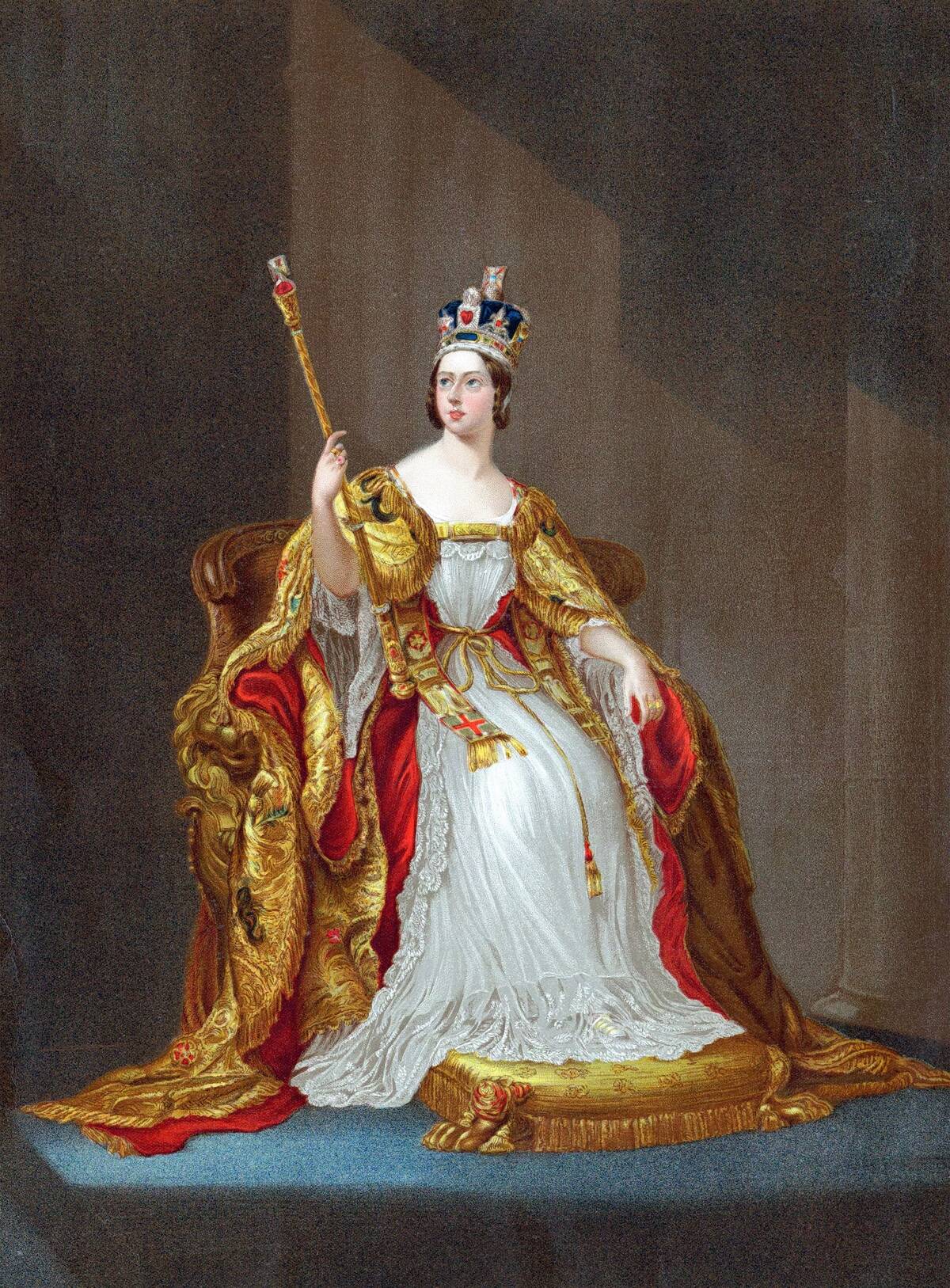
The Victorian Era was marked by rapid industrialization, technological advances, and social change. Under Victoria’s reign, the British Empire expanded to become the largest empire in history. The era saw the rise of the middle class and significant improvements in education and public health. While the period was characterized by progress, it also highlighted social inequalities, sparking movements for reform and change.
Queen Victoria’s Influence on Fashion
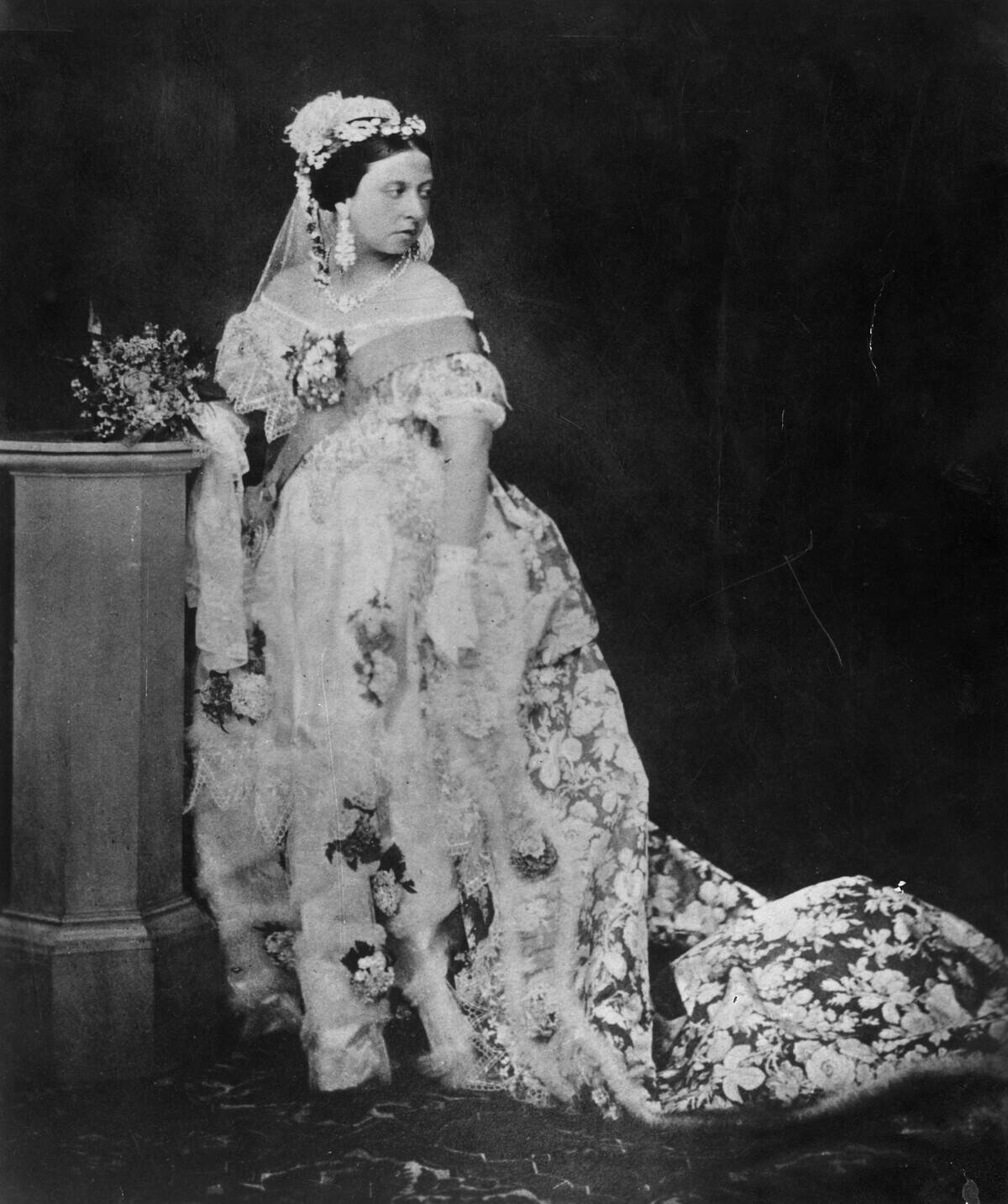
Queen Victoria was a trendsetter, influencing fashion throughout her reign. Her choice of a white wedding dress set the standard for bridal wear, a tradition that continues today. Victoria’s style evolved from youthful and vibrant to somber and matronly, reflecting her life stages. Mourning attire became fashionable after Albert’s death, as Victoria wore black for the rest of her life, influencing mourning customs and dress codes.
A Royal Love for the Arts and Literature
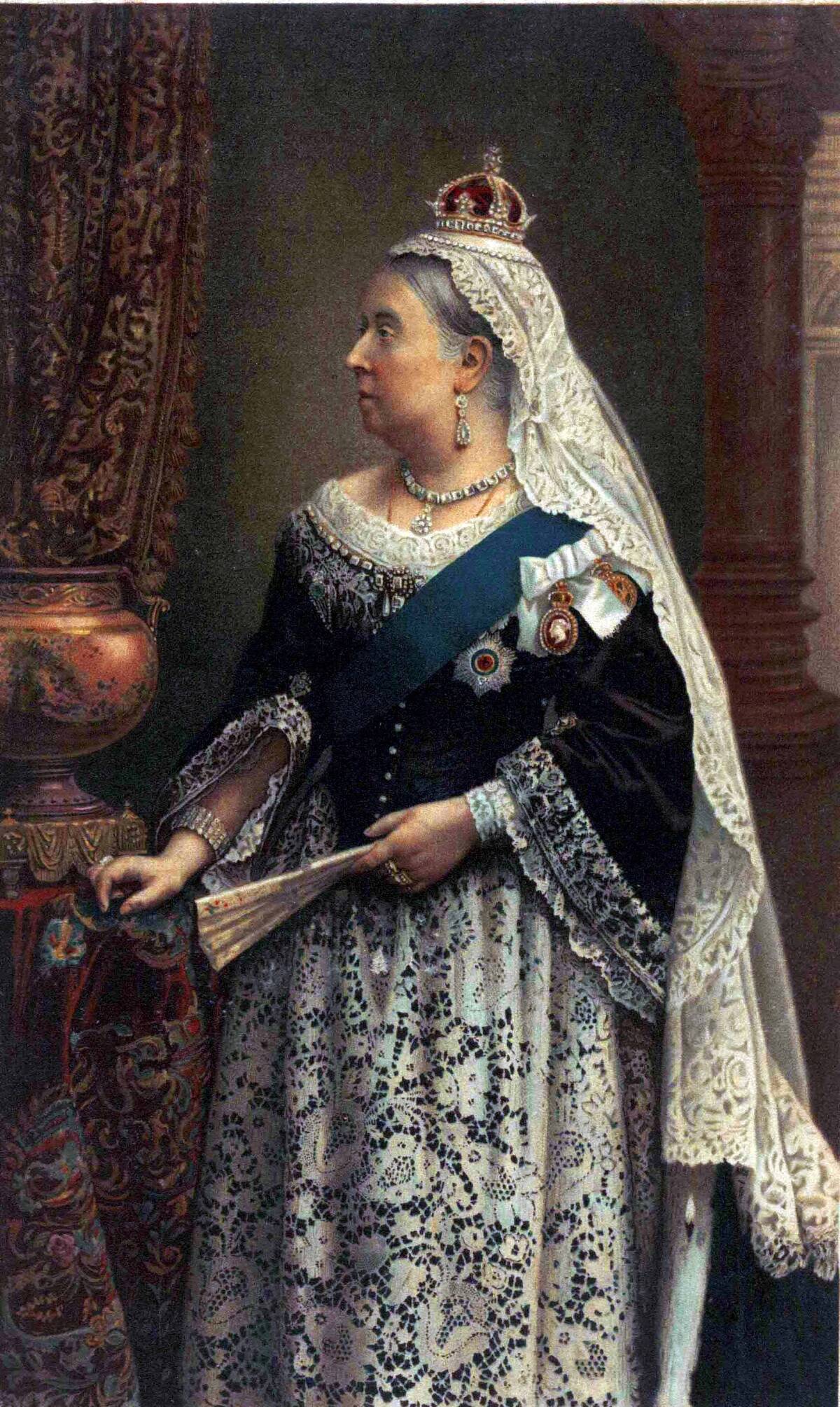
Queen Victoria and Prince Albert were patrons of the arts, fostering a cultural renaissance in Britain. They supported artists, musicians, and writers, establishing institutions such as the Victoria and Albert Museum. Victoria herself was an avid writer, leaving behind extensive diaries and letters. Her reign saw the flourishing of literature, with authors like Charles Dickens and the Brontë sisters gaining prominence, reflecting the social changes of the time.
Victoria and Her Prime Ministers: A Unique Relationship
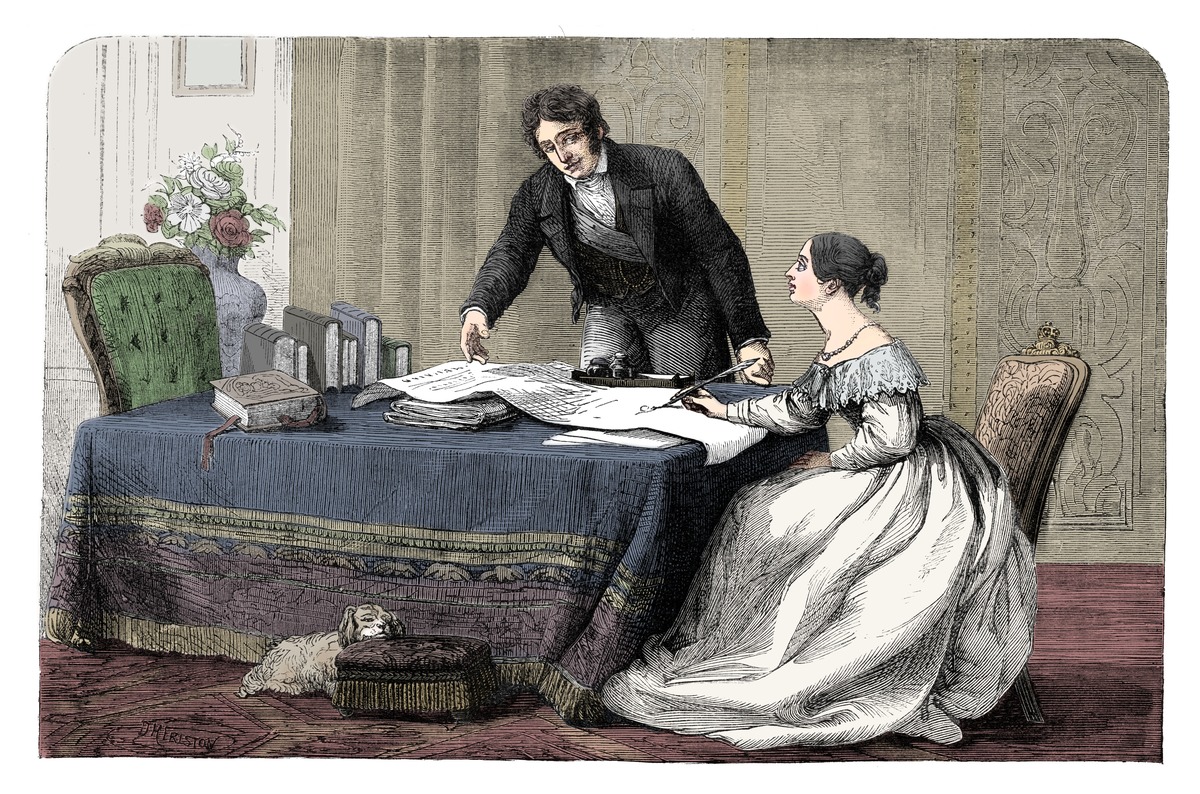
Throughout her reign, Queen Victoria worked with ten different prime ministers, each relationship unique. Her rapport with Lord Melbourne, her first prime minister, was particularly close, with him acting as a mentor in her early years. In contrast, her relationship with Benjamin Disraeli was marked by mutual respect and affection, while her interactions with William Gladstone were often strained. These dynamics impacted the political landscape of the era.
Queen Victoria’s Role in the British Empire

As the British Empire expanded, Queen Victoria’s role became increasingly symbolic. She was proclaimed Empress of India in 1876, reflecting Britain’s global dominance. Victoria was seen as a unifying figure, her image used to promote imperial unity and British values across the empire. Her reign witnessed the height of British colonial power, but also the beginning of movements towards self-governance and independence in various colonies.
The Queen’s Fascination with Technology and Innovation

Queen Victoria was intrigued by technological advancements and embraced innovation. She was the first monarch to travel by train, experiencing the rapid changes in transportation firsthand. The Great Exhibition of 1851, organized by Prince Albert, showcased the latest inventions and industrial achievements, promoting progress. Victoria’s reign saw the advent of the telegraph, steamships, and photography, all of which she supported and utilized.
Victoria’s Legacy in Modern-Day Britain
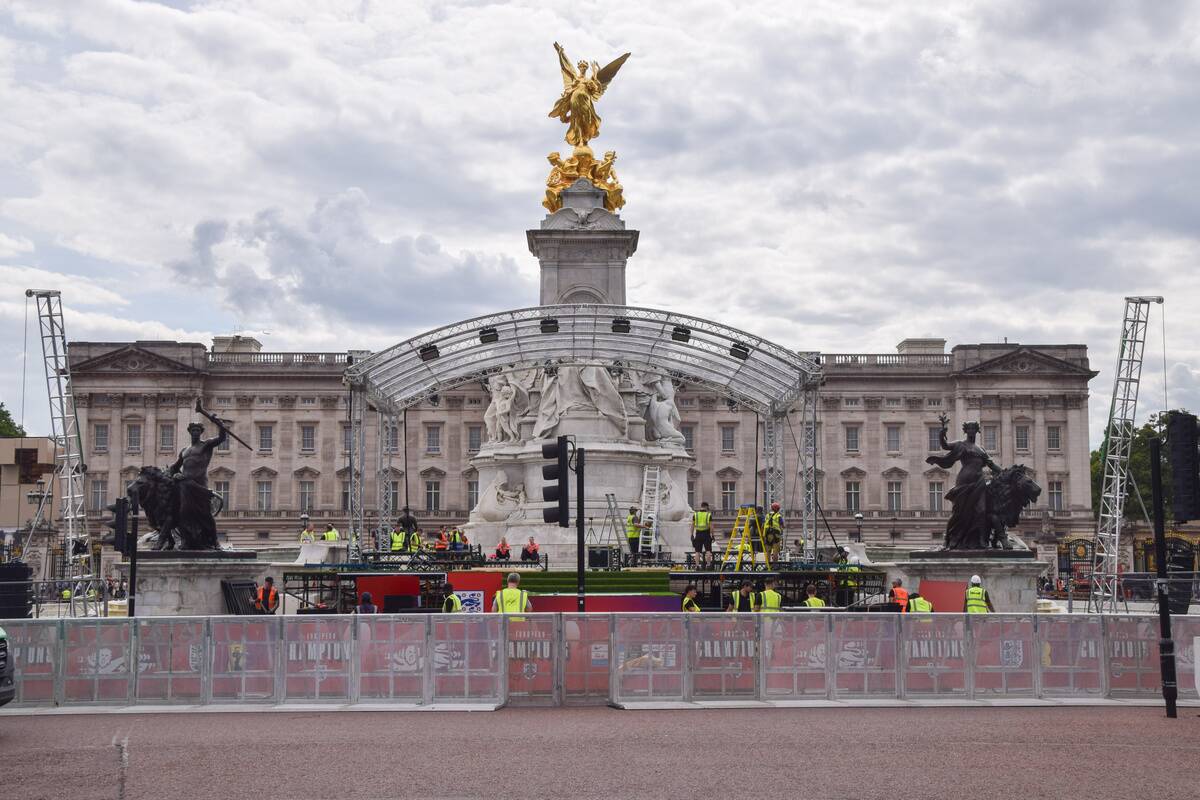
Queen Victoria’s legacy is still evident in modern Britain. Her descendants continue to sit on many of Europe’s thrones, maintaining the royal lineage she expanded. Victoria’s name is immortalized in places such as Victoria Station and Victoria Falls. Her era’s societal reforms laid the groundwork for modern social policies, and her influence on British culture and identity remains significant, making her an enduring symbol of British history.
The Queen’s Retreat: Balmoral and Osborne House
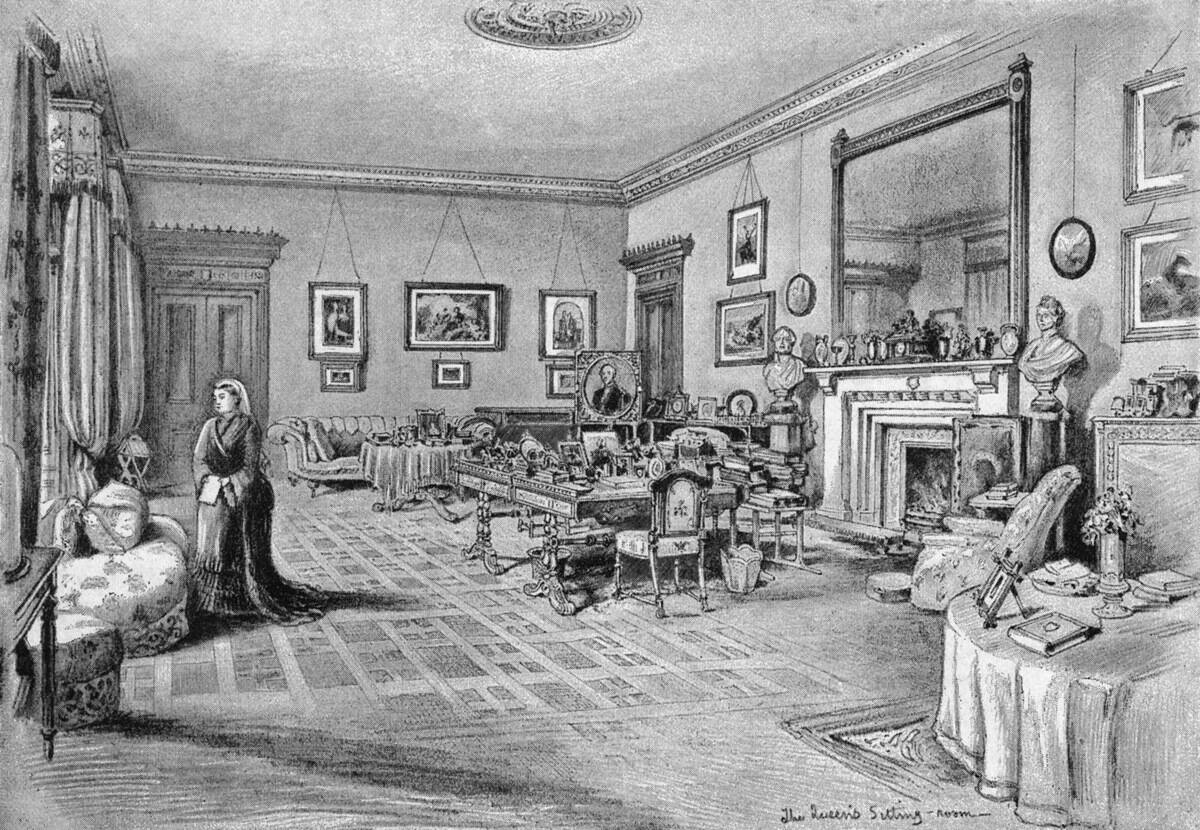
Balmoral Castle in Scotland and Osborne House on the Isle of Wight were Queen Victoria’s cherished retreats. These residences provided solace and privacy away from the public eye. Balmoral, purchased by Albert, became a beloved family home, reflecting Victoria’s love of the Scottish Highlands. Osborne House, designed by Albert, was a royal playground for their children. Both estates remain part of the royal family’s heritage today.
Queen Victoria’s Mourning Period: A Nation in Grief
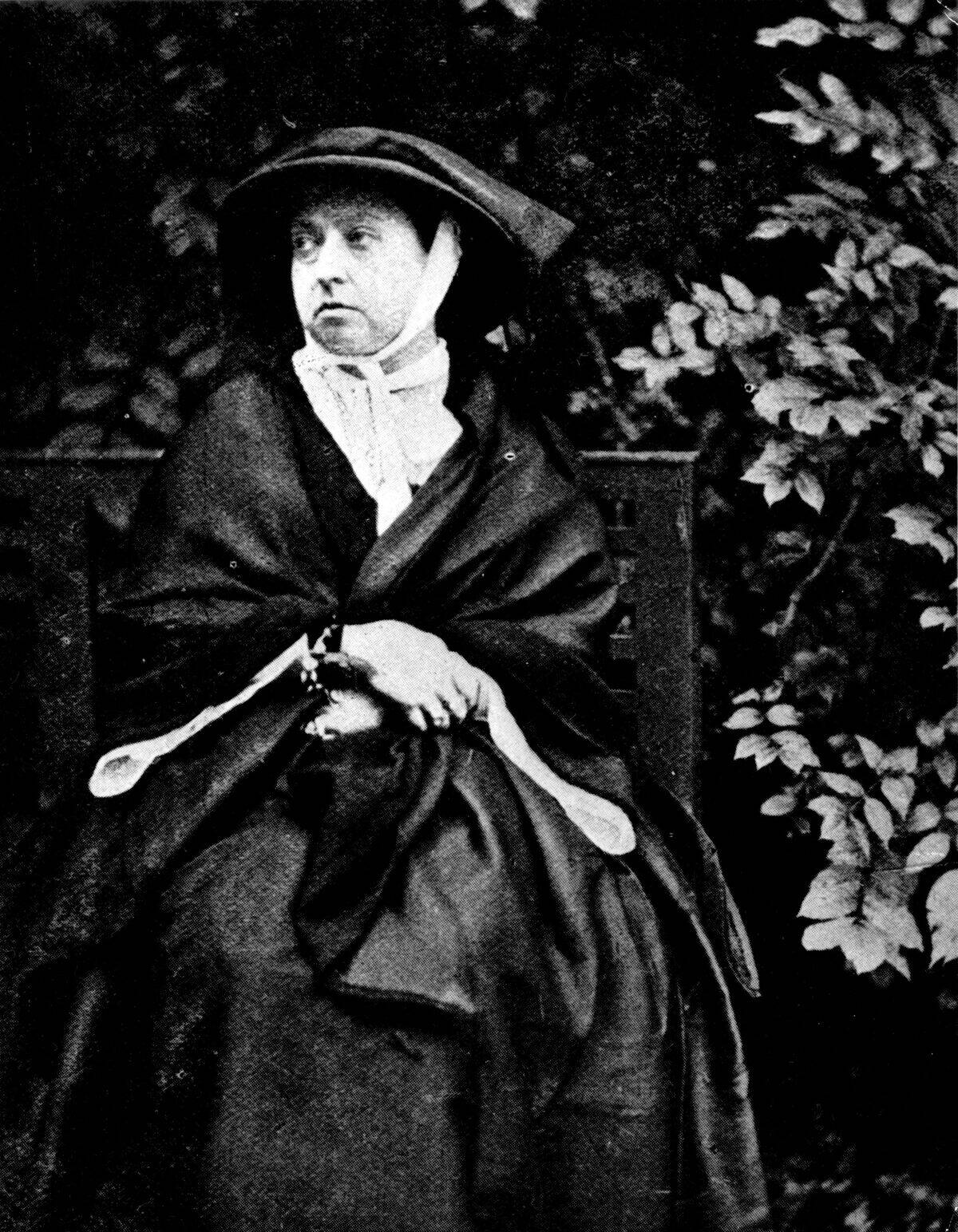
The death of Prince Albert in 1861 plunged Queen Victoria into deep mourning, affecting the entire nation. She withdrew from public life, earning the nickname ‘the Widow of Windsor.’ Her prolonged grief set the tone for the nation’s mourning customs, with black becoming the color of bereavement. This period of mourning lasted until her own death in 1901, reflecting her enduring love for Albert and the impact of his loss.
The Longest-Reigning Monarch (Until Elizabeth II)
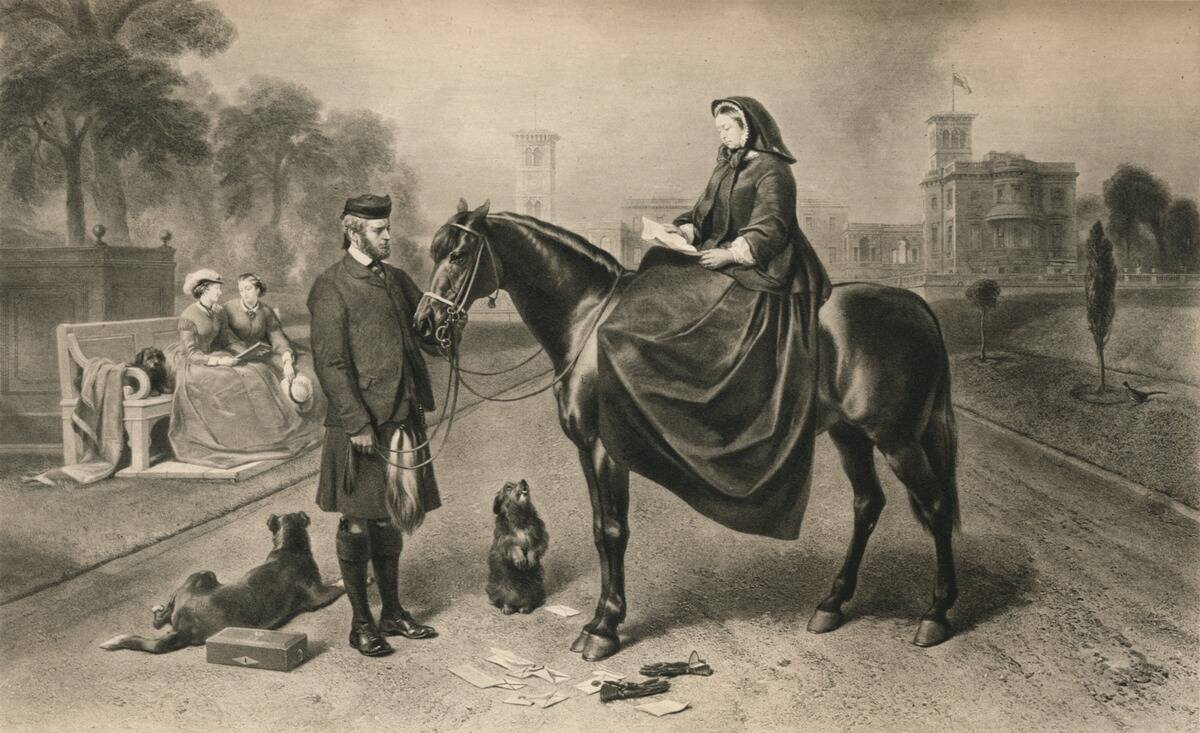
Queen Victoria was the longest-reigning British monarch until her great-great-granddaughter, Queen Elizabeth II, surpassed her record in 2015. Victoria’s reign of 63 years and 216 days was marked by significant changes, both domestically and internationally. Her longevity and stability during a period of rapid transformation made her a revered figure. Her record-breaking reign set a standard for future monarchs, highlighting the evolution of the British monarchy.
Quirky Facts About Queen Victoria
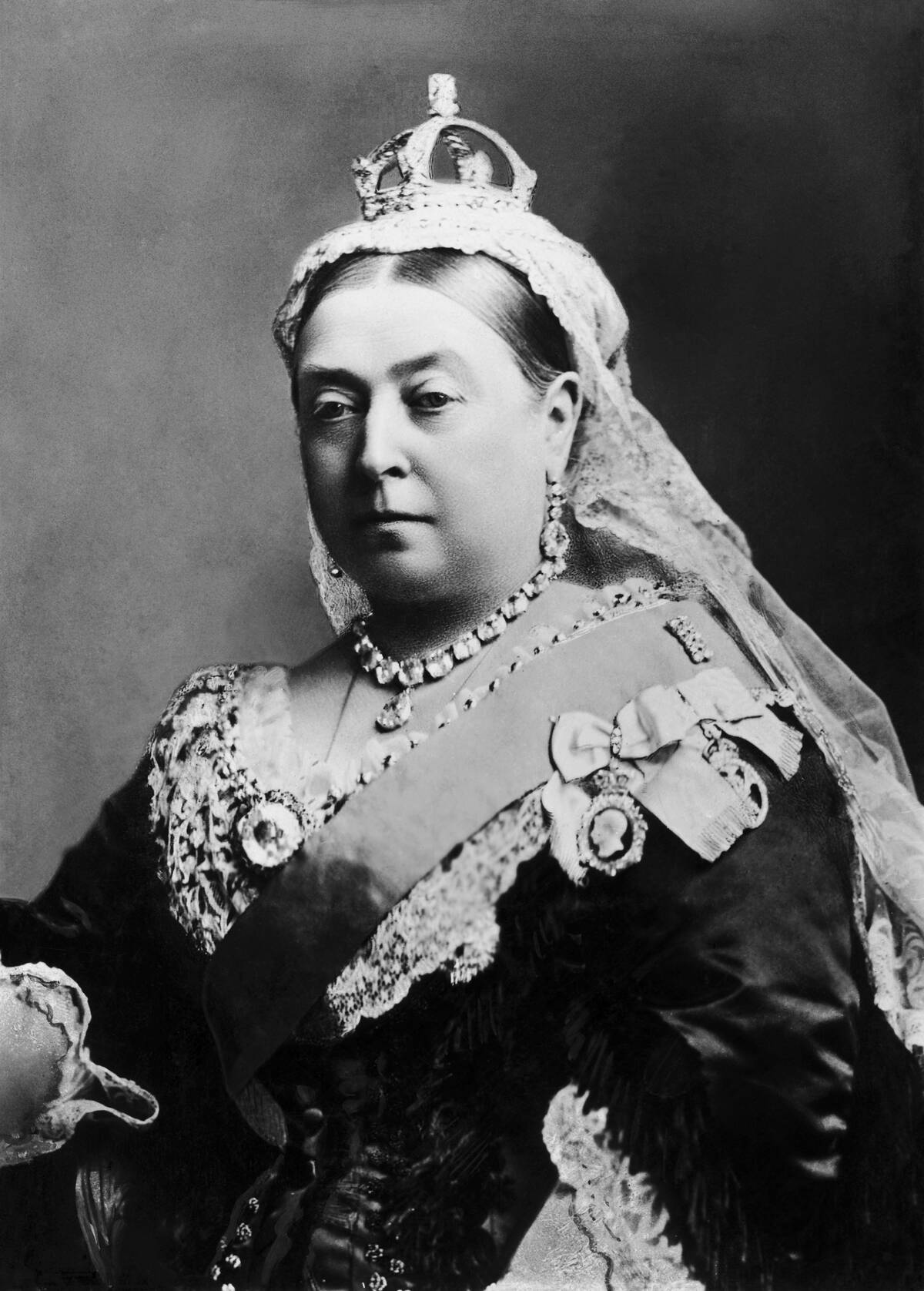
Queen Victoria had a few quirky traits that added to her unique persona. She was notoriously tiny, standing at just five feet tall, yet she had a commanding presence. Victoria was also known for her humor, often contrary to her stern public image. She kept a series of journals, writing over 60 million words, chronicling her reign and personal life. Her love for animals, particularly her dogs, was well-documented, with numerous portraits of her pets.
Victoria’s Influence on Popular Culture Today
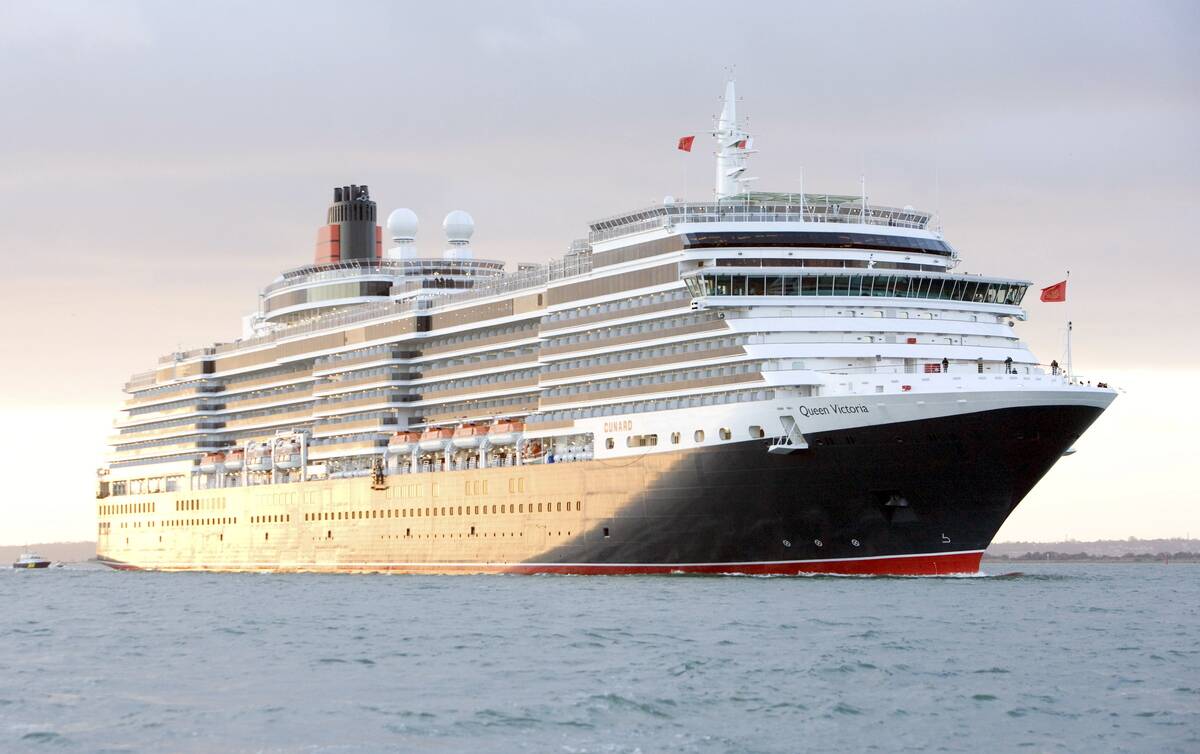
Queen Victoria’s influence continues to permeate popular culture. She has been depicted in numerous films and television series, such as “Victoria & Abdul” and the series “Victoria,” highlighting her intriguing life story. The Victorian Era is often romanticized in literature and media, with its distinct fashion and societal norms serving as inspiration. Her enduring legacy is evident in the continued fascination with her life and the era she defined.



